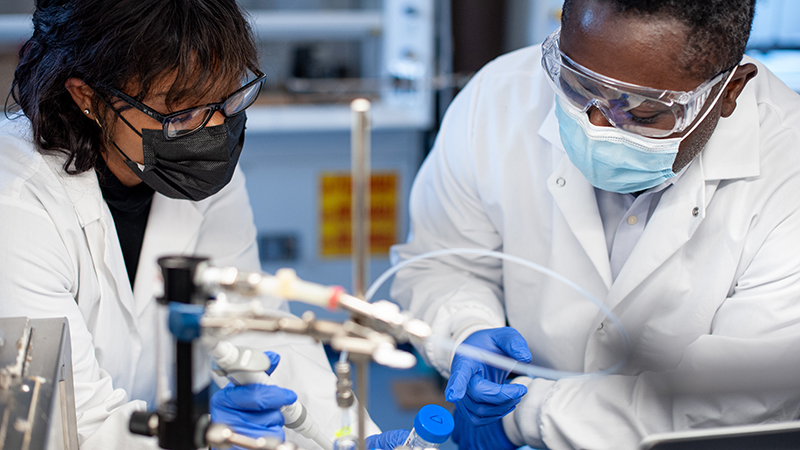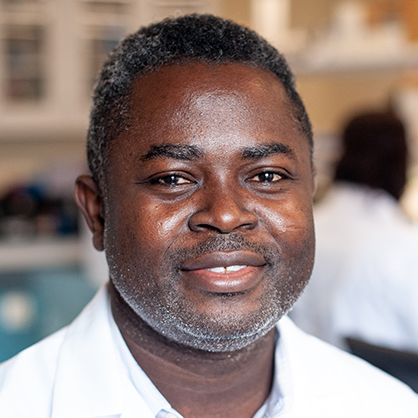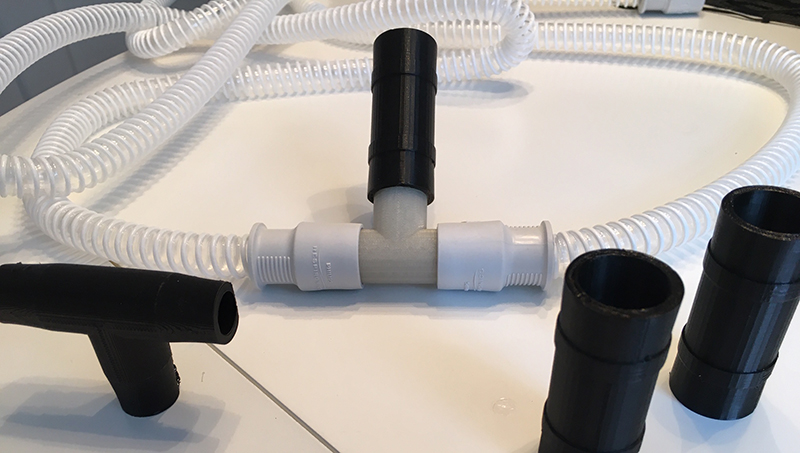Surbhi Gupta, KAAmoako, Ahmed Suhaib, Keith E. Cook. Multi-modal, surface focused anticoagulation using poly-2-methoxyethylacrylate polymer grafts and surface nitric oxide release. Advanced Material Interfaces. 2014, doi: 10.1002/admi.201400012
Harihara Sandaram, Xia Han, Ann K. Nowinski, Norman D. Brault, Yuting Li, Jean-Rene Ella- Menye, KAAmoako, Keith E. Cook, Patrick Marek, Kris Senecal, and Shaoyi Jiang. Achieving One-step Surface Coating of Highly Hydrophilic Poly(Carboxybetaine Methacrylate) Polymers on Hydrophobic and Hydrophilic Surfaces. Advanced Materials Interfaces. 2014, doi: 10.1002/admi.201400071
Hitesh Handa, Elizabeth J. Brisbois, Terry C. Major, Lahdan Refahiyat, KAAmoako, Robert H. Bartlett and Mark E. Meyerhof. Hemocompatibility comparison of biomedical grade polymers using rabbit thrombogenicity model for preparing nonthrombogenic nitric oxide releasing surfaces. Journal of materials chemistry. B, Materials for biology and medicine. 2014, 2(8): 1059-1067
Hitesh Handa, Elizabeth J. Brisbois, Terry C. Major, Lahdan Refahiyat, KAAmoako, Gail M. Annich, Robert H. Bartlett and Mark E. Meyerhof. In vitro and in vivo study of sustained nitric oxide release coating using diazeniumdiolate-doped poly(vinyl chloride) matrix with poly(lactide- co-glycolide) additive. Journal of materials chemistry. B, Materials for biology and medicine. 2013,1(29): 3578-3587
KA Amoako, Montoya JP, Major TC, Meyerhof ME, Bartlett RH, Cook KE. Fabrication and In vivo Thrombogenecity Testing of Nitric Oxide Generating Artificial Lungs. J Biomed Mater Res A. 2013, 101(12): 3511-3519
KA Amoako, Archangeli C, Major TC, Meyerhoff ME, Annich GM, Bartlett RH. Thromboresistance Characterization of Extruded Nitric Oxide Releasing Silicone Catheters ASAIO Journal2012; 58: 238 -246
Major TC, Brant DO, Burney CP, KAAmoako, Annich GM, Meyerhoff ME, Handa H, and Bartlett RH. The hemocompatibility of a nitric oxide generating polymer that catalyzes S-nitrosothiol decomposition in an extracorporeal circulation model. Biomaterials2011; 32: 5957e5969
KA Amoako, Cook KE. Nitric oxide-generating silicone as a blood-contacting biomaterial. ASAIO Journal2011; 57:539–544
D. Pokrajac, KAAmoako, Patel H, Brooks J, Cenat N, Marcus K, Darden S. Data Mining in Geosciences. TELSIKS 2003; 534-537
Teaching Interests
Dr. Amoako’s teaching interests are in Biomaterials and Design and Application of Biomaterials in Medicine. His teaching philosophy include providing the connection between learning material and the "big picture", treating students with respect, diversifying teaching methods to accommodate both visual and auditory learners, using assessment tools to evaluate teaching methods, and having plans for growth as an educator.
Research Interests
Dr. Amoako’s research focuses on bio-inspired polymer surface and bulk modification to incorporate anti-clotting functions of the endothelium on biomaterials. His research goal is to address cardiovascular diseases through medical device development. He has worked on medical device fabrication, surface modification, and in vivo testing. Examples of blood contacting devices that he has studied, using animal test models, include artificial lungs and catheters.


